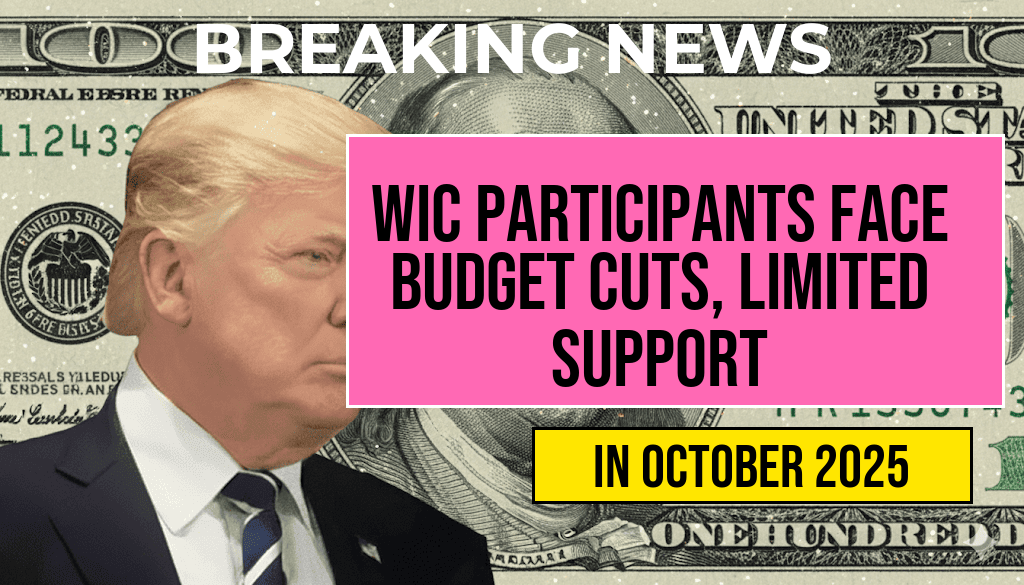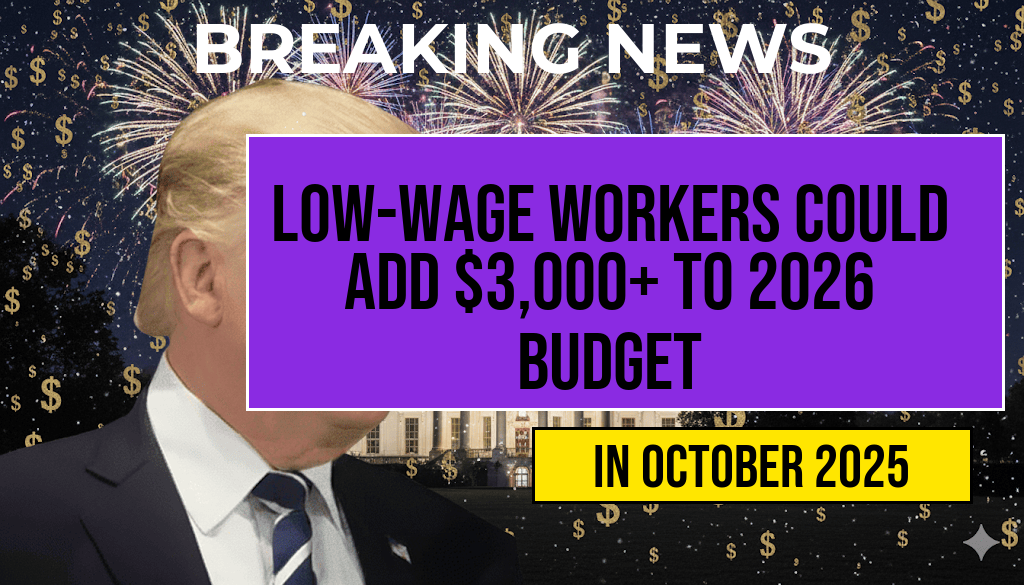Retirees across the United States could see significant gains in their Social Security benefits starting in 2026, thanks to a scheduled reset of income thresholds linked to inflation adjustments. This recalibration, often referred to as the “retiree bracket creep reset,” is expected to increase the income limits that determine taxation and benefits eligibility, potentially saving some retirees over $500 annually. As policymakers adjust these thresholds to keep pace with rising living costs, many seniors may find themselves better positioned to retain more of their benefits or avoid additional taxes. This shift underscores the importance of understanding the new income thresholds and how they may impact retirement planning and finances in the coming years.
Understanding the Bracket Creep Reset and Its Implications
The term “bracket creep” typically describes a situation where inflation pushes taxpayers into higher income brackets, resulting in increased tax liabilities even when real purchasing power remains flat. For retirees, a similar phenomenon can influence the taxation of Social Security benefits, especially if their income exceeds certain thresholds. The reset scheduled for 2026 aims to prevent this from eroding retiree benefits by adjusting the income brackets to reflect current inflation levels.
How the Income Thresholds Are Changing
The Social Security Administration (SSA) and Congress have agreed on specific adjustments to income thresholds that determine taxation levels and benefit eligibility. These thresholds are adjusted annually based on the Consumer Price Index for Urban Wage Earners and Clerical Workers (CPI-W). The upcoming reset in 2026 will set new, higher limits, which could mean that retirees with modest incomes will face lower tax rates or avoid additional taxes altogether.
| Filing Status | Previous 2025 Threshold | Projected 2026 Threshold |
|---|---|---|
| Individual | $25,000 | $27,000 |
| Married Filing Jointly | $32,000 | $34,000 |
| Married Filing Separately | $0 | $0 |
These adjustments are expected to benefit retirees whose combined income—comprising Social Security, pensions, and other sources—was previously just above the taxable threshold. A higher cutoff means that a larger portion of their benefits may remain untaxed, translating into tangible savings.
Potential Savings and Financial Impact for Retirees
Retirees who fall into the income brackets affected by these adjustments could see savings of over $500 annually. This figure accounts for reduced tax liabilities on Social Security benefits and the possibility of avoiding additional income taxes that may have previously applied. For those with incomes near the thresholds, the impact could be even more pronounced, especially considering rising healthcare costs and other retirement expenses.
Who Benefits Most from the Reset?
- Lower-income retirees: Those with Social Security benefits and modest supplemental incomes stand to gain the most, as the increased thresholds reduce the likelihood of benefits being taxed.
- Early retirees: Individuals who began drawing benefits before full retirement age and have additional income sources may see relief from higher tax brackets.
- Retirees with inflation-adjusted pensions: Those with pensions that increase with inflation could see their eligibility for tax exemptions preserved or enhanced.
Additional Considerations for Retirees
While the threshold adjustments offer potential benefits, retirees should remain aware of other factors that could influence their overall tax situation. For example, rising healthcare premiums, changes in state taxes, and adjustments to other retirement income sources could offset some of the savings gained from the bracket reset.
Planning Ahead
Financial advisors recommend that retirees review their income projections in light of these upcoming changes. Strategies such as Roth conversions, tax-efficient withdrawals, or timing of benefit claims could optimize tax outcomes in the years ahead. Consulting authoritative resources like Social Security Administration and Investopedia can provide further guidance.
Looking Beyond 2026
The scheduled adjustments highlight the ongoing importance of inflation-indexed planning for retirees. As the cost of living continues to rise, maintaining awareness of policy changes and income thresholds ensures retirees can maximize their benefits and minimize unnecessary tax burdens. Staying informed about legislative updates and consulting with financial professionals can help retirees navigate these shifts smoothly.
Frequently Asked Questions
What is the Retiree Bracket Creep Reset for 2026?
The Retiree Bracket Creep Reset for 2026 is a federal adjustment that recalibrates income thresholds for retirees, potentially reducing tax burdens and increasing benefits. This reset aims to prevent inflation from pushing retirees into higher tax brackets unintentionally.
How could the 2026 bracket reset save retirees over $500?
By adjusting the income thresholds for tax brackets, the reset can keep more retirement income within lower tax brackets, potentially saving retirees over $500 annually on their taxes, depending on their income level.
What are the new income thresholds for retiree tax brackets in 2026?
The income thresholds for different tax brackets will be increased in 2026, meaning retirees can earn more before moving into higher tax brackets. Specific figures vary based on filing status and income sources.
Who benefits most from the Retiree Bracket Creep Reset?
Retirees with moderate to high incomes stand to benefit most, as the adjusted thresholds allow them to retain more of their retirement income without facing higher taxes, especially those nearing the upper limits of lower tax brackets.
How can retirees prepare to maximize benefits from the 2026 reset?
Retirees should review their income strategies and consult with a financial advisor to plan withdrawals and income sources effectively, ensuring they take full advantage of the new thresholds and potential tax savings in 2026.






